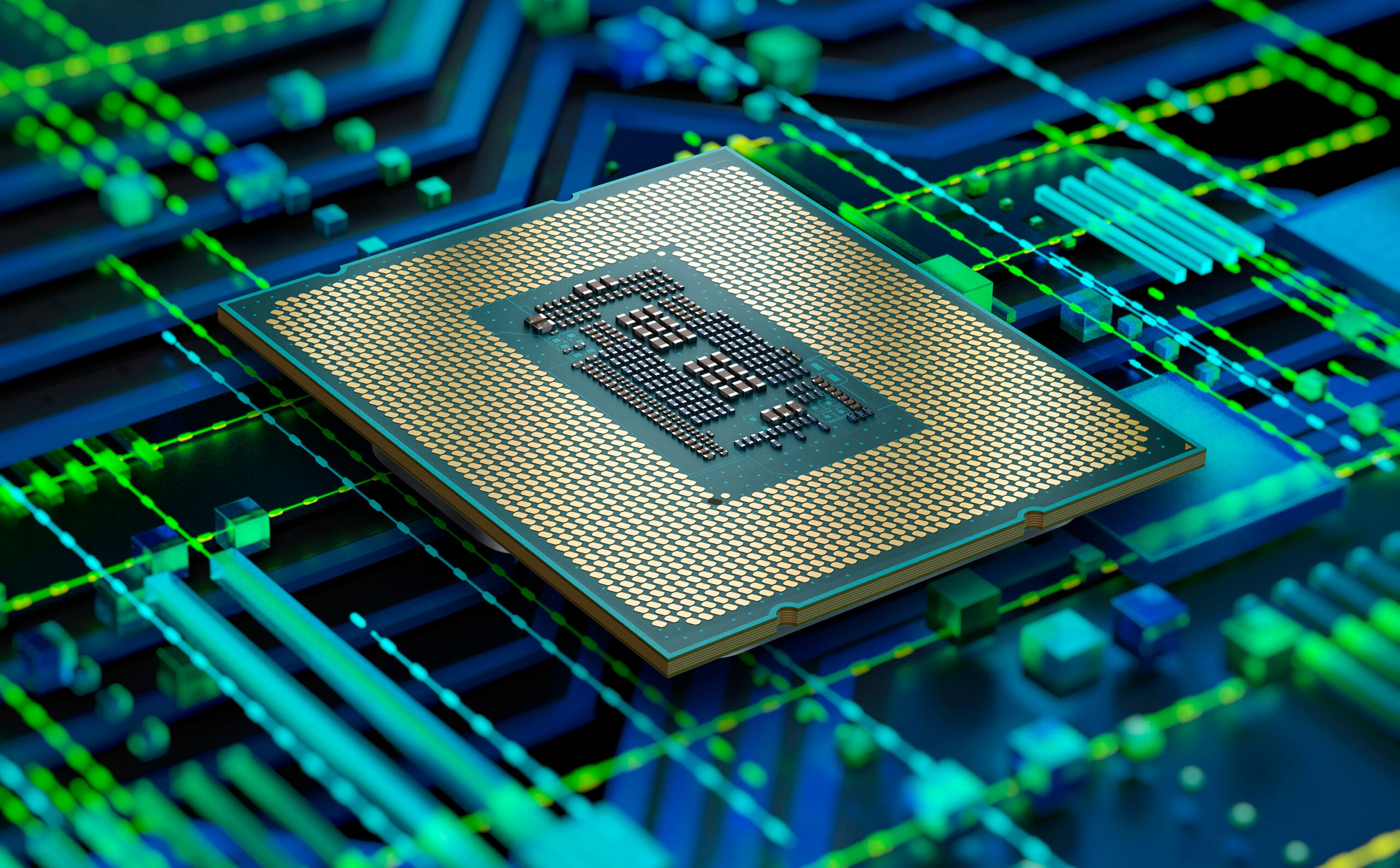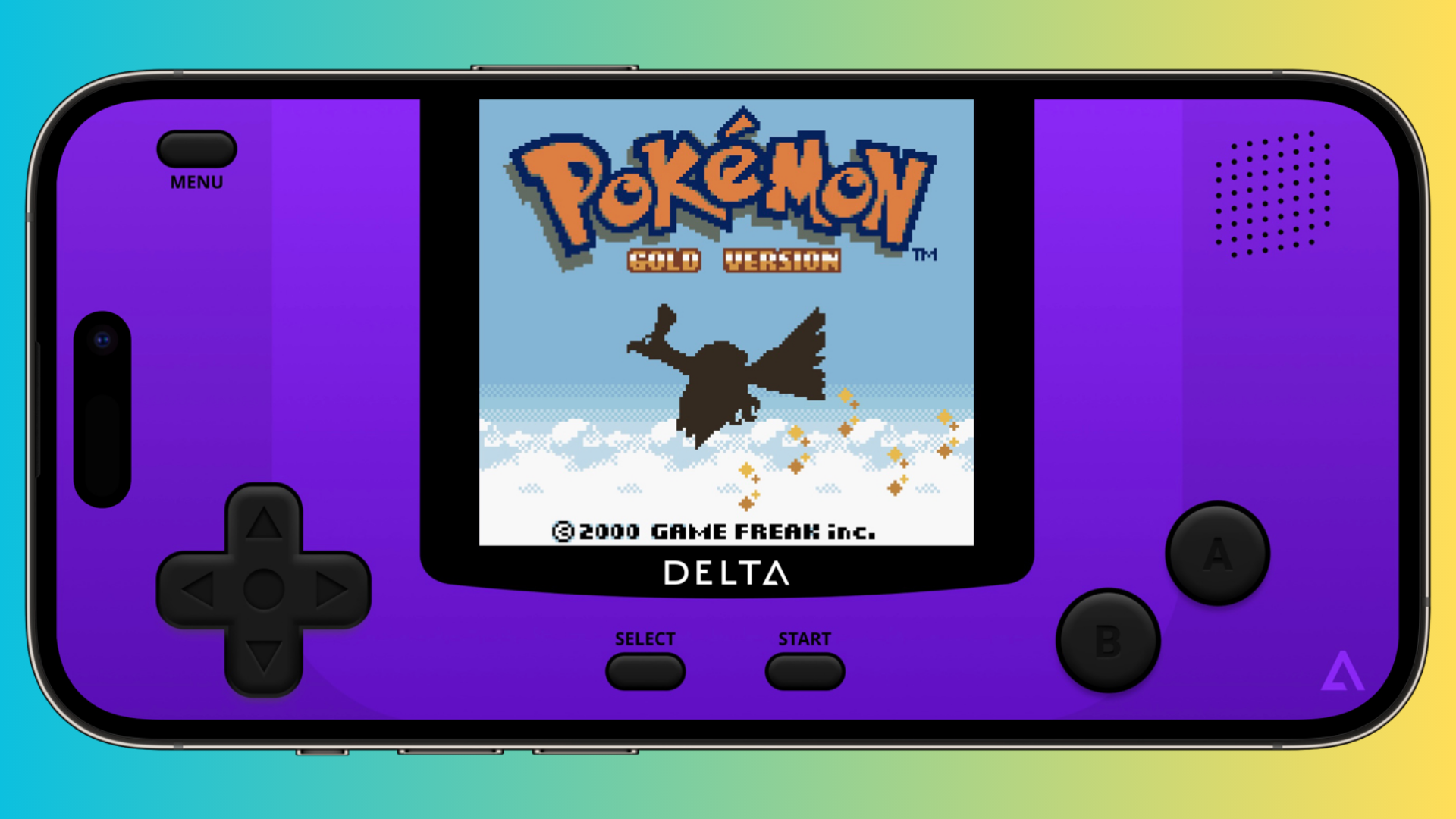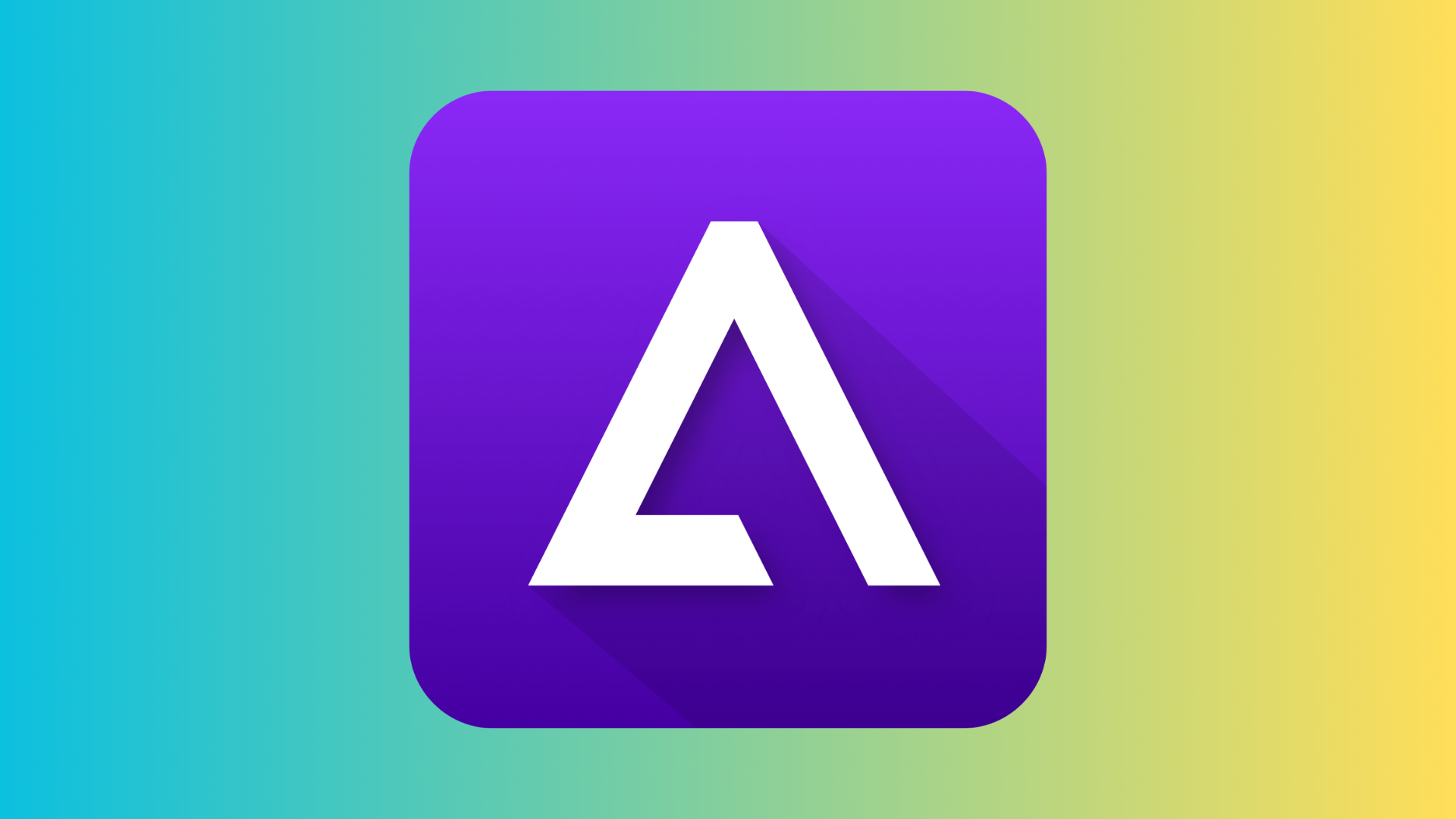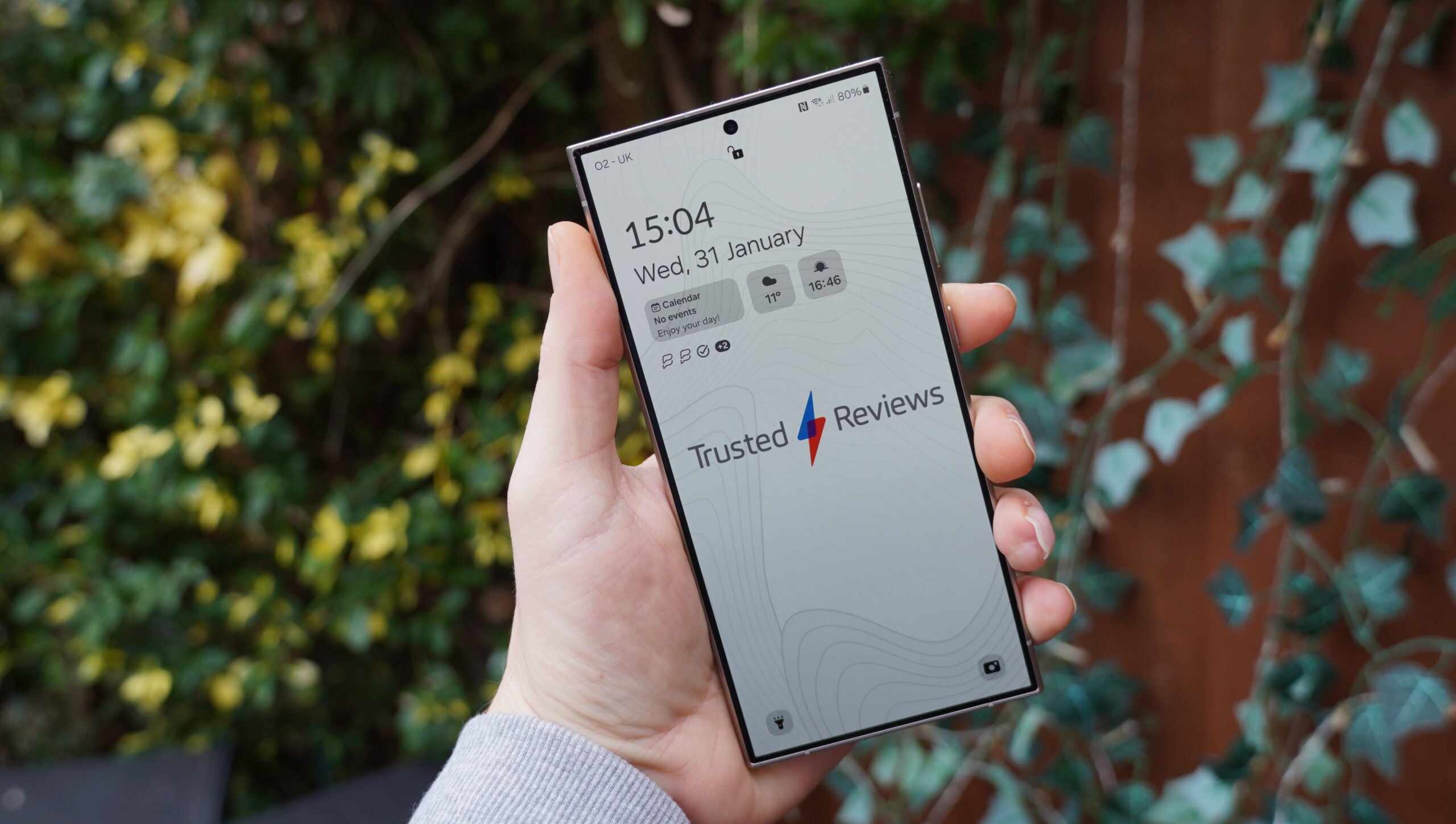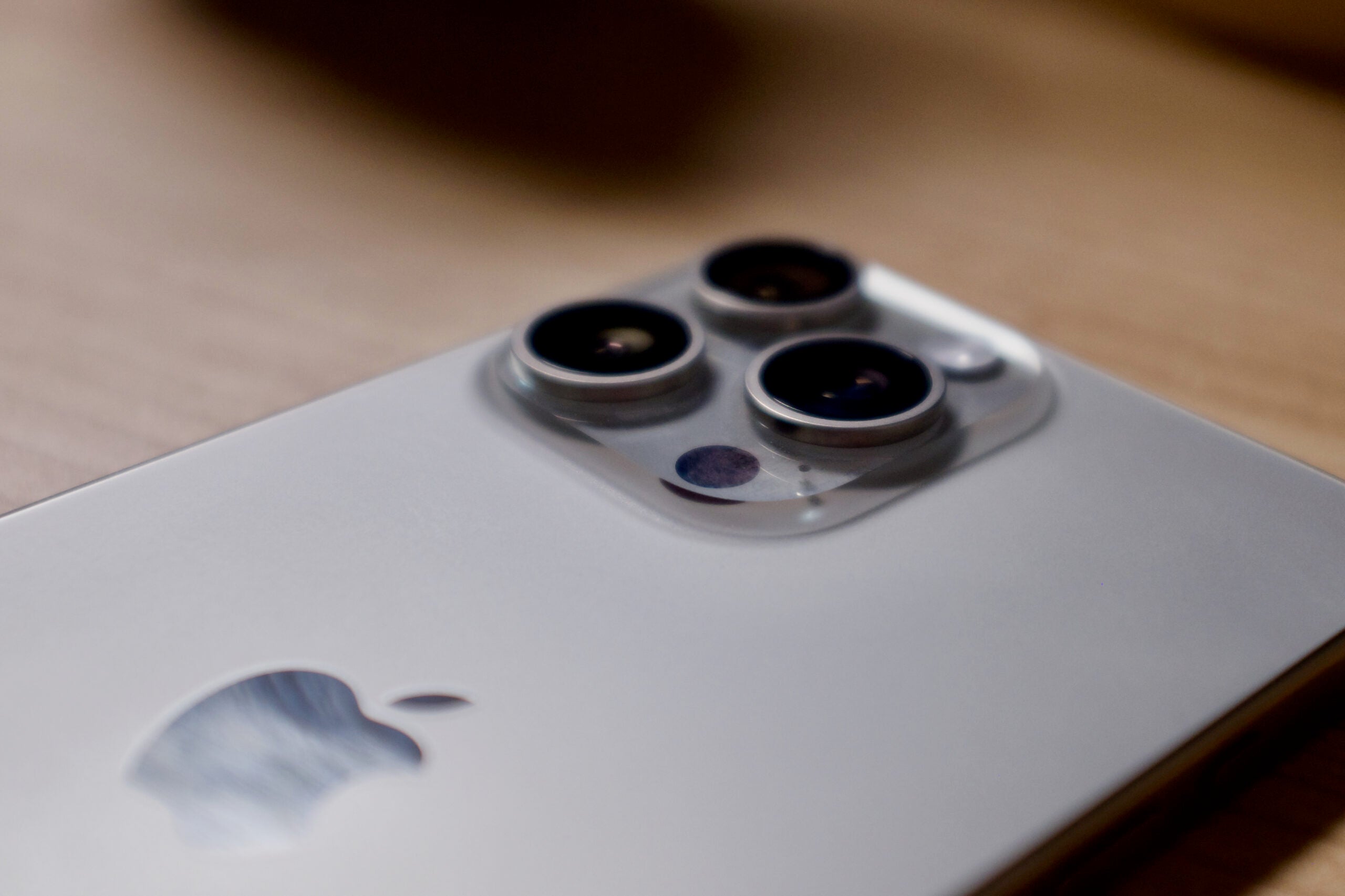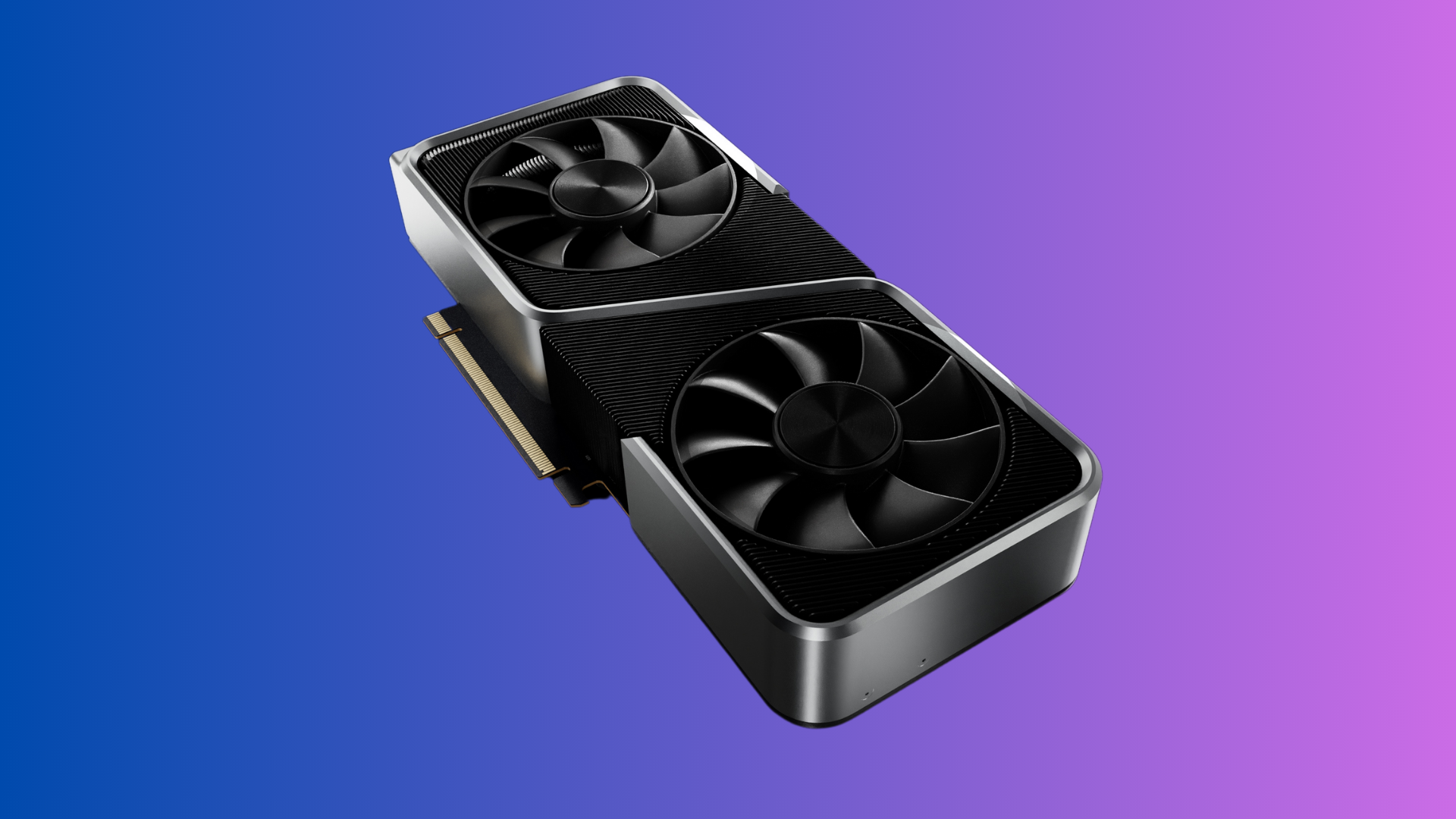What is 4G LTE?
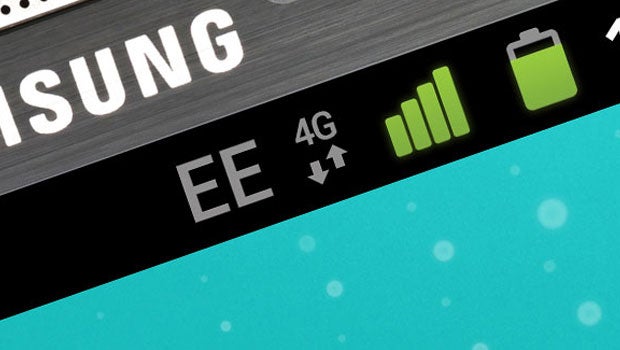
Seen your phone’s signal bar flutter between 4G LTE and 5G but not sure what the difference is? In this guide we’ll explain everything you need to know about 4G including how fast it is, how it differs from 5G and when it first launched.
What is 4G LTE?
4G LTE the third-generation wireless broadband technology known as Long Term Evolution (LTE). Since the launch of 4G LTE, other countries have launched their own versions so 4G LTE is now divided into a worldwide 4G 600MHz frequency band, a worldwide 4G 700MHz frequency band and a worldwide 4G 800MHz frequency band.
These are known as the Evolved LTE Frequency Bands. However, in the UK, which was one of the first countries to launch 4G LTE, the ‘Evolved’ moniker is also used for the Extended LTE frequency band.
When did 4G launch?
The first commercial 4G LTE network launched in South Korea in November 2016, followed by the US in June 2017. The Netherlands and New Zealand were next, and Japan launched its first 4G network in March 2018.
In the UK, EE was the first network to launch 4G LTE in the summer of 2016 and O2 and Vodafone followed in 2017, bringing 4G to people across the UK. In the rest of Europe, you’ll need a compatible device that supports one of the European LTE frequency bands.
How fast is 4G LTE?
Data connection speeds on 4G LTE are up to 10 times faster than those using older mobile broadband technologies.
The minimum speed is set at 236kbps, or 2.36Mbps, with the maximum being 1.2Gbps, or 1.2Mbps. This is the same speed offered on 3G and 4G, but because 4G offers a wider range of band frequencies, it can reach more people at once.
This means 4G offers a smoother connection and potentially faster speeds. However, as noted earlier, not all devices are optimised for 4G, which can lead to lower speeds due to the device being unable to fully utilise the connection’s bandwidth.
4G vs 5G: What’s the difference?
5G is the latest evolution in wireless data connectivity, with speeds reaching up to a whopping 12Gbps. It promises an even faster connection than 4G, and has been heralded as the future of mobile broadband.
Unlike 4G, which uses the same frequencies across all networks, 5G uses different frequencies for each specific network, allowing for a more reliable and fast connection for each user.


